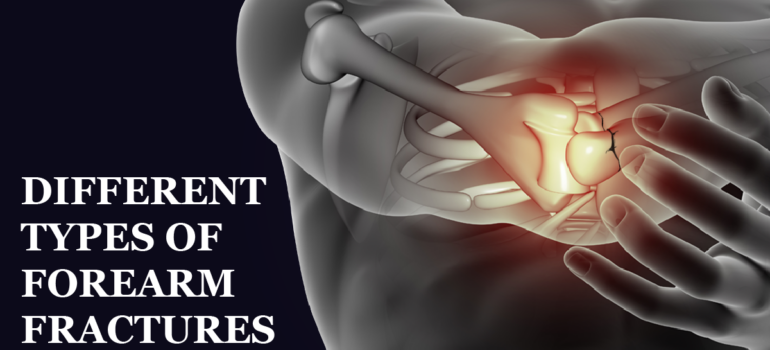Broken Rib: Symptoms and Diagnosis
The human rib cage consists of 12 pairs of ribs. Ribs support many of the muscles in your upper body, in addition to protecting your heart and lungs. Thus, breaking a rib can make everyday activities very painful. Broken ribs usually heal on their own. In this blog, we will provide more information about the symptoms of a broken rib and how one can diagnose the broken rib.
Symptoms of a broken rib
One of the most common symptoms of a broken rib is chest pain while breathing. Deep breathing hurts even more. Also, laughing, coughing, or sneezing can send rise to instant pains from the site of the break. Bending over or twisting your upper body may also trigger sudden pain which primarily depends on the location of the fracture. A person may also notice swelling and redness around the break. In some cases, a person might also see bruising on the skin near the break.

How is a broken rib diagnosed?
Unlike other fractures, a broken rib can be hard to see. It’s best to visit a doctor if you think you may have a broken rib. So they can perform imaging tests to check for any broken bones which include-
Chest X-ray- It is helpful in revealing large breaks. But there is a possibility that it may not give a clear view of a small hairline fracture.
Chest CT scan- It can sometimes pick up smaller fractures that an X-ray might miss.
Bone scan- It involves injecting a small amount of radioactive dye into a vein. That dye, called a tracer, can be detected with scanning equipment. It tends to gather in areas where bone healing is going on, like the site of a fracture. This imaging test can be helpful especially in detecting stress fractures caused by repetitive motion.
Depending on symptoms, the doctor may also use a chest MRI scan to check for any soft tissue or muscle injuries.
This is the basic information about Broken Rip. We strongly recommend you to visit a doctor after facing such issues. We hope this information adds value to your knowledge. Watch out this space for more such information. Greetings for SYS Medtech International PVT. LTD.






















